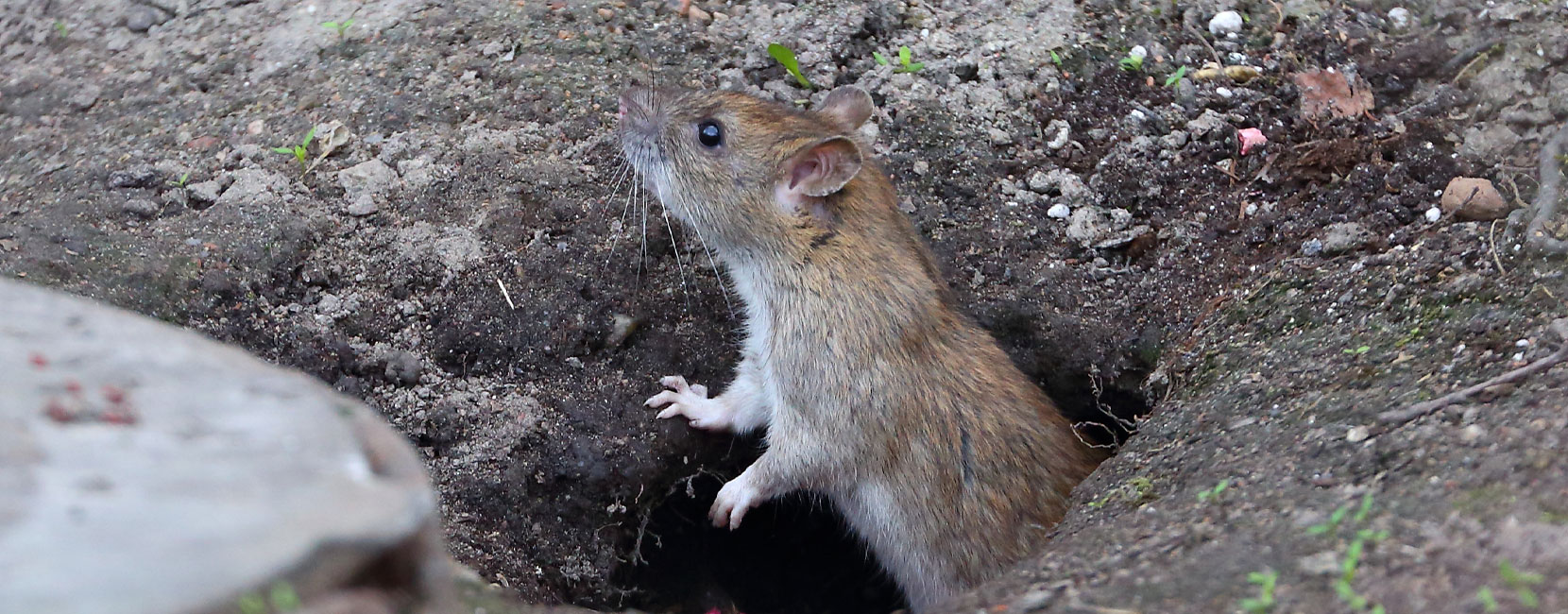
How to Get Rid of Dampwood Termites
Dampwood termites are one of the larger species of termites found in the United States. Dampwood termites are found in parts of south Florida, throughout the Pacific coastal region, and some areas of semi-arid desert of the southwest. As their name implies, they infest very moist or damp wood. Most often, they are found outdoors, but some species may infest areas where a plumbing leak has occurred or wayward irrigation is creating an area of excess moisture in a structure.
Dampwood termites are not considered economically important. The remedy is to fix the moisture problem. However, proper identification and tactics are imperative to prevent and treat dampwood termites.
Zootermopsis spp. are found in the Pacific Northwest. Neotermes spp. can be found in Florida and coastal southwestern states.
Dampwood Termite Identification
Dampwood termites are creamy white to brownish in color. They are much larger than other termites. Dampwood termites are usually between 1/2” to 5/8” in length. Similar to drywood termites, dampwood termite’s pronotum, a collar between the head and thorax, is as wide as the termite’s head.
Like drywood termites, dampwoods generate fecal pellets. Drywood termite pellets are hard and will not crush between your fingers. Dampwood termite fecal pellets are moiste and will crush between your fingers. Therefore, they tend to clump together and form a paste like appearance. This imprecisely shaped fecal substance is often found in clusters in the tunnels and chambers of the dampwood nest. The higher the moisture content, the less precisely shaped the fecal pellets will be.
Dampwood termites are most often found in trees, fence posts, and utility poles. If dampwood termites are found in a tree, an arborist may be able to determine the depth of damage and viability of the tree. Dampwood termites certainly damage and weaken the branches of trees, but often they limit their damage to the dead xylem tissue while leaving the cambium intact.
Credit: Rudolf H. Scheffrahn, UF/IFAS
Credit: Rudolf H. Scheffrahn, UF/IFAS
Credit: Rudolf H. Scheffrahn, UF/IFAS
Dampwood Termite Damage
Structural infestations of dampwood termites are associated with water sources. A roof or plumbing leak, wood siding exposed to unusually high levels of rainfall, or sprinklers regularly spraying a fence post may create conditions which allow dampwood termites to thrive. These same conditions allow for subterranean termites and other insect pests to invade these vulnerable areas.
Dampwood termites do not tunnel through the soil like subterranean termites. More like drywood termites, dampwoods create their colony in the wood that they are consuming. Their colony may be located in sound wood several meters away from the water source. These termites create chambers in wood which are connected by smooth-walled tunnels. These tunnels are connected to a water source which gives dampwood termites the ability to live in an otherwise inhospitable habitat.
Dampwood termites are considered a minor pest. They most often infest trees, telephone poles, and fence posts as human homes and structures rarely permit the required moisture content. However, homeowners should take active steps to prevent dampwood termites.
Dampwood Termite Prevention
To prevent dampwood termites, and other pests, homeowners should eliminate sources of excess water in and around the home. Fix leaky faucets and direct water dripping from AC units away from any wood and the foundation. Repair roof leaks immediately and keep your gutters in good repair. A sprinkler check may alert you to any fencing or play equipment that is at risk of dampwood termites.
Dampwood Termite Treatment
When dampwood termites are inhabiting a piece of wood, the most effective and common treatment requires the use of NO pesticide. Taking steps to remedy the moisture issue will ultimately resolve the dampwood termites. For example, if dampwood termites are established in a ceiling rafter near a roof leak, fix the roof leak. Once the dampwood colony no longer has access to water, they will dry out and die.
If the termites have sufficiently damaged the wood, the wood may need to be removed and replaced with structurally sound wood. Borate treatments are sometimes used when dealing with dampwood termites. These products are water soluble and are absorbed well in high moisture situations. In very rare and specialized circumstances, fumigation may be used to eliminate a dampwood termite infestation. Thankfully, the easiest and most cost effective treatment is the most effective; repair the moisture situation and the termites will dry up and no longer be an issue.
For more information on dampwood termites visit:
http://entnemdept.ufl.edu/creatures/urban/termites/neotermes.html









